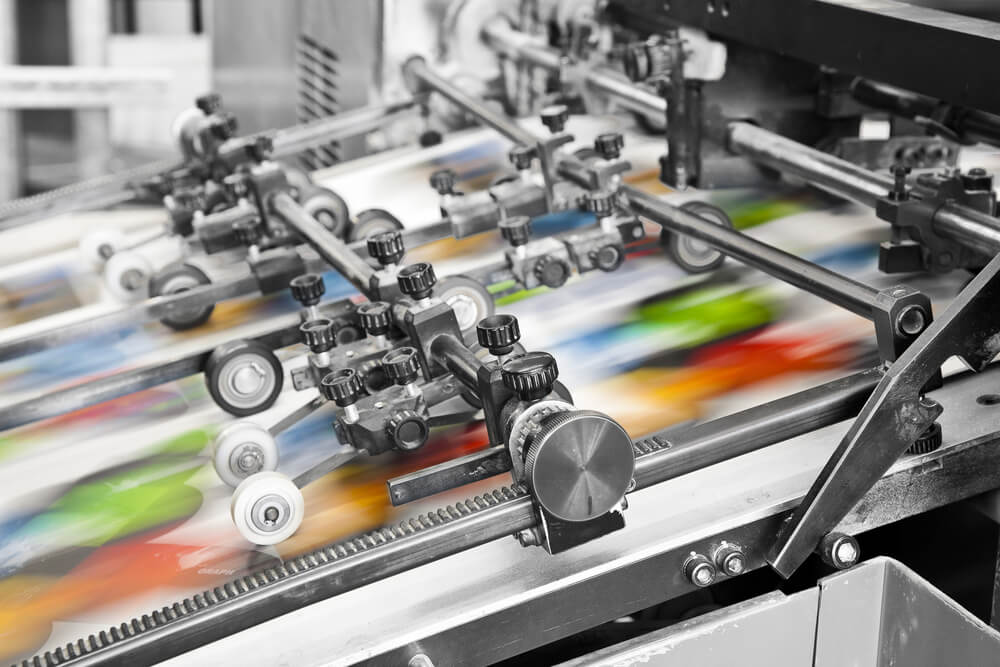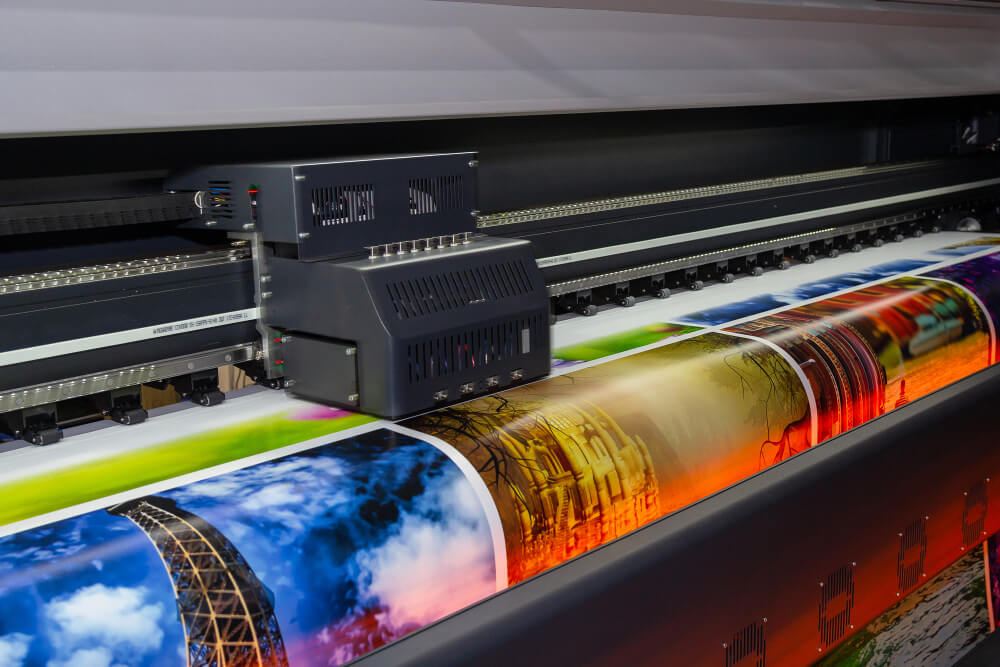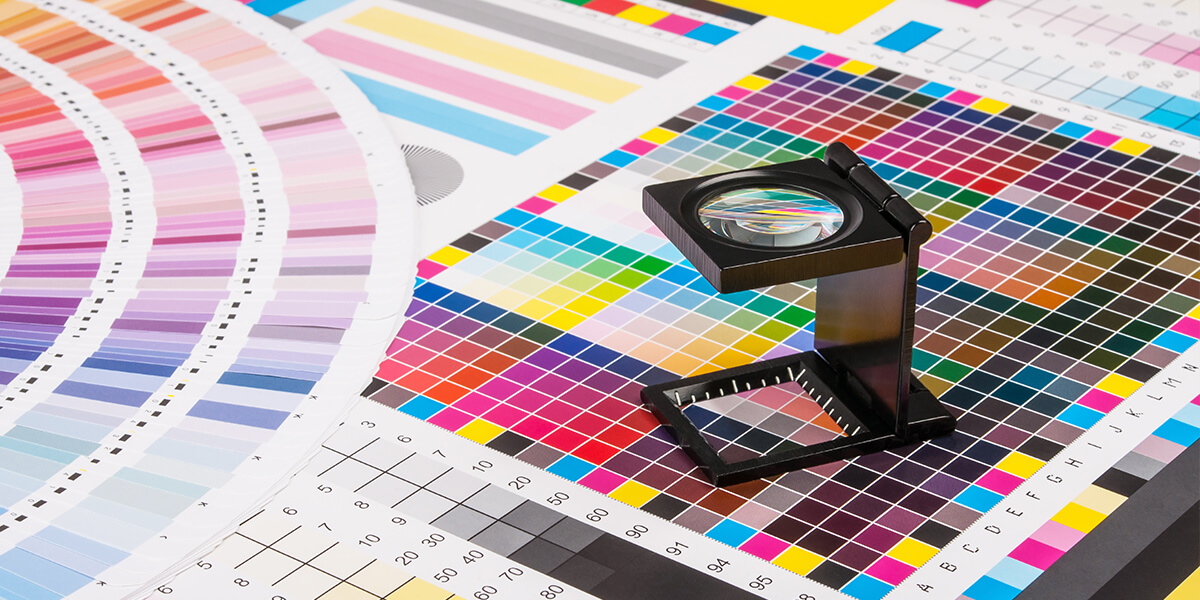Digital Printing vs Offset? The Difference and Why It Matters
While printing business cards, brochures, and other marketing materials, many people face the dilemma of choosing between offset (or traditional printing) and digital printing. Creating the perfect design and coming up with a punchy tagline seems easier compared to making this decision.
On the outset, it may seem like offset and digital printing serve the same end purpose and have similar techniques. However, when you start your next printing project, knowing the basic difference between these printing styles allows you to choose sensibly.
Digital vs Offset Printing Pros and Cons
To someone untrained, there may not be much difference in the image quality of copies of a single design made in offset and digital prints. They may even look identical, but looking closely will show you minute differences in the finished product.
Generally speaking, these point to the budget or time restrictions, rather than which method is superior. Having said that, let us dig into the technical aspects of both these processes.
What is Offset Printing?
Also called lithography, offset printing is a time-tested, traditional printing technique, which outputs heavy volumes of prints. It is suitable for commercial jobs regularly. For example, daily newspapers printed in a press, in bundles to be circulated across a large area.
How Offset Printing Works

Offset printing is done in a printing press where the design will be burned onto aluminum plates with wet ink. The basic colors used are abbreviated as CMYK (cyan, magenta, yellow, black) and branded custom ink colors.
These plates transfer the designs onto rubber rolls, over which a sheet of paper runs and layers on the color. This process of indirectly transferring the ink onto the paper is called offsetting.
Contact CopyZone for best offset printing services in McAllen and Rio Grande Valley.
Offset Printing Pros
- Reliable process
- Superior image quality
- Clean, distinct images without blotching
- Accuracy of colors
- Balance in designs
- Works on all materials
- Spend less on bigger jobs
- Best suited for large-volume jobs
Offset Printing Cons
- High initial costs
- Time-consuming
- Loss on low-volume jobs
- Cannot change the designs until the entire batch is done
- The whole batch is ruined if an error on a plate is not caught in time.
What is Digital Printing
Digital printing is a relatively new concept that eliminates all the intermediary steps of the offset printing process. You can directly print the images or designs onto the end product, instead of going through the hassle of plates and rubber beds.
How Digital Printing Works

Digital printing also includes the same CMYK-colored toners and inks, along with orange, blue, green. For white, metallic, or clear effects, specialty dry inks are used.
Images are transferred onto the printing surface using either powdered toner or liquid ink. And the key difference lies in the fact that digital printing uses electronic files as input. The method is most suitable for small volume jobs that have to be done quickly.
Digital printing is also the quickest method to produce short batches, particularly when there are several input files or originals.
Quality-wise, digital printing is on par with offset printing; however, there are some jobs and papers that favor one specific process between the two.
Where Do You Find Digital Printers?
For home use, you may have a laserjet or inkjet printer attached to your desktop. On a larger scale, companies use bigger and more precise printers, which are faster. Examples are continuous feed printers, cut-sheet digital presses, sheet-fed and inkjet production printers.
Contact CopyZone for best digital printing services in McAllen and Rio Grande Valley.
Digital Print Media
Fabric, folding cartons, thick cardstock, plastics, heavyweight papers, and synthetic substrates – anything can be a medium for digital printing. You may have come across the most popular digital printing application known as T-shirt printing, printed on linen, polyester, and other fabrics.
Digital Printing Pros
- Identical prints
- Print-on-demand
- Faster project completion
- A cost-effective option for low volume jobs
- Lesser likelihood of color variations and imbalances
- Personalized, variable data capability in a single print job – each piece can accommodate a unique code, such as a different name or location
Digital Printing Cons
- Costs go up for higher quantity jobs
- Digital printing standard inks may not accurately match better than the mixed inks used in offset jobs.
- Blended inks are yet to reach the level of a custom mix.
Making the Right Choice
Choosing between offset and digital printing comes down to the following factors:
- Time: When time is of the essence or you need to get the job done at the last minute, digital is the way to go. Digital printing gives you the finished product within minutes. In contrast, you have plenty of time on your hands, offset printing is much faster once you set up the press.
- Volume: For large quantities, offset printing gives you a cost advantage.
- Variable data: You may need different data on identical printed pieces, for instance, pages in a book, or postcards with different names for the recipients. In such circumstances, digital printing is better suited to customize the project.
- Price: This again depends on the volume. While the setup costs of offset printing are higher, digital printing is more cost-effective for less volume. However, even for large volumes of multiple originals, digitally printing them gets the costs down.
- Medium: In recent years, digital printing has come a long way and accommodates a variety of materials and media. It handles even synthetic stocks or heavier weight papers much more adeptly than before. Yet, offset printing rules the game here.
- Quality: The earlier notion that offset printing turns out higher quality work is increasingly changing. Modern digital processes have creasing equipment that minimizes the risk of cracking of the ink and provides many vibrant colors.
- Color: For one or two colors, choose offset printing, and for four-color printing, go for digital.
- Special Processes: Digital printing is not suitable for heat processes like embossing or foil stamping used for finishing. Digital toners or inks are also not receptive to some UV coatings and varnishes.
- Samples: For proofreading and sampling the finished printed item, digital requires less time and also costs less. It gets expensive to check the color of the final offset printing output.
In Conclusion, Your Choice Matters
When it comes to Digital Printing vs Offset, you need to make smart decisions for your print project to gain long term gains. Personal preferences aside, picking the right printing technique decides how your business may be perceived by your potential clients or vendors.
Your prints may give away your hidden information like the scale, target, reach, and current state of your business. Projecting the right image in the market is vital. So, take the plunge with advice from experienced designers who can give you valuable insights.

